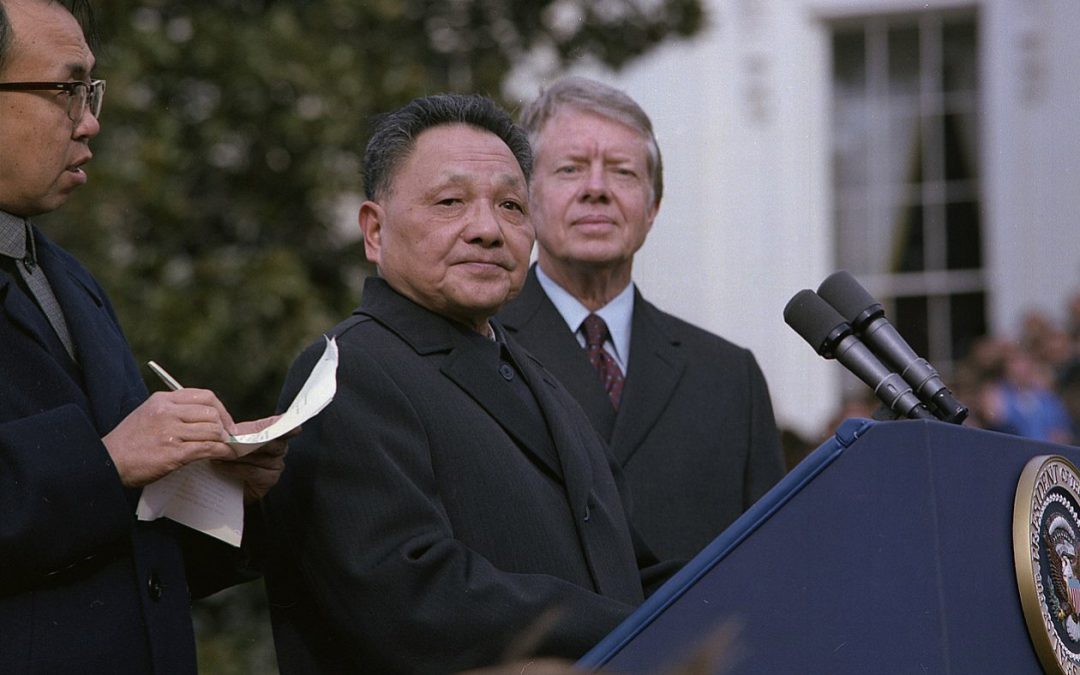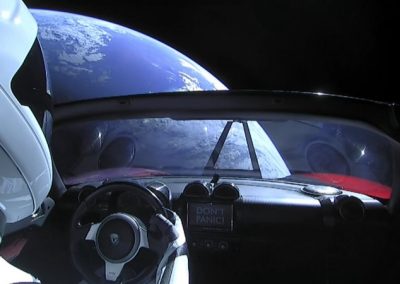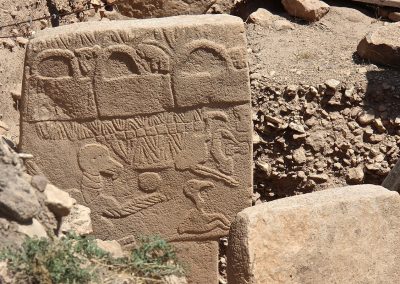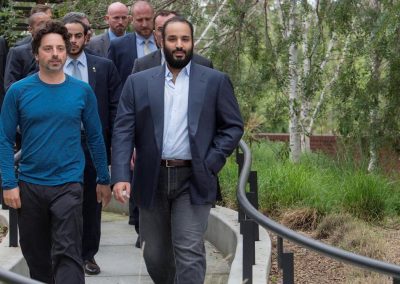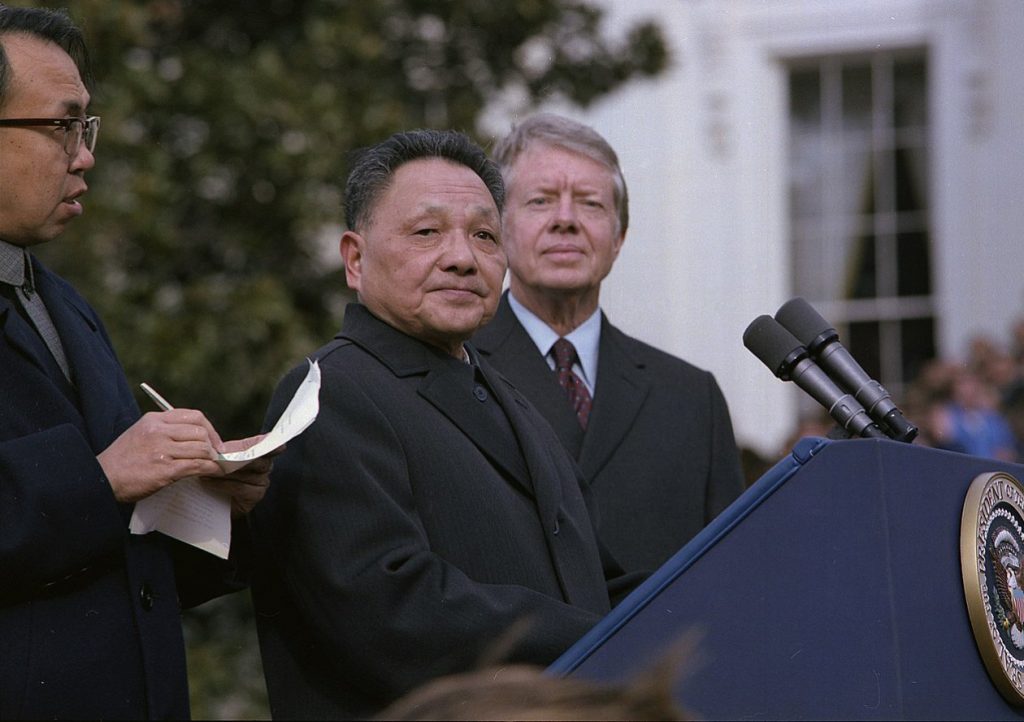
How Deng Xiaoping Solved China’s Trade Problem—and What America Can Learn from Him
From my article in The National Interest. This article appeared as “The Balance of Trade” in Issue 170 of The National Interest, Nov/Dec 2020.
More than at any point in contemporary history, China sees itself as a strong power. Now aware of China’s monumental presence on the world stage, Western elites can take a leaf from Deng Xiaoping and relearn how to exploit trade policy.
A sea change in Western perception of China has occurred in the last ten years. It’s no longer just the quiet workhorse of the world economy. Instead, China is now recognized as the primary global competitor to the United States and its allies. As nato Secretary General Jens Stoltenberg recently observed, China is “coming closer in cyberspace, we see them in the Arctic, in Africa, we see them investing in our critical infrastructure.” Long gone are the days when “Made in China” was a common punchline.
Western elites know that they have been caught off-guard. Suddenly, they must understand China, but find themselves with more questions than answers—and answers are not so easy to come by. The Chinese Internet is not just obscured by a linguistic barrier, but intentionally firewalled. Only the most intrepid travelers can make it to China’s most sensitive regions like Xinjiang. The Chinese Communist Party (CCP) remains opaque as ever. China arguably understands the West better than the West understands China.
However, the contemporary world is not the only place where one can find answers. Chinese civilization remains one of the oldest civilizations we know of. Contemporary China may be intellectually inaccessible, but its history is not. To understand the present and future of a country or institution, we must first understand its past. In trying to understand how China’s history determines its present and future, we find ourselves in the same position as the man responsible for the country’s contemporary success: Deng Xiaoping.
Xi Jinping may be president today, but he inherited the institutional and ideological structures built by Deng Xiaoping during the latter’s leadership of China in the 1980s. Those structures laid the foundation for Beijing’s current position of power and were not accidental—rather, they were deeply informed by Chinese history and deliberately designed to both ensure the survival of the CCP and advance China’s geopolitical position in the world. There are two further important facts here. First, Deng was successful. Second, he was successful because he understood and solved a key constraint of political economy: how do you manage trade to grow your economy without surrendering the sovereignty of your country?
China’s historical experience with the political limits of trade did not begin in the twenty-first century. It did not begin during the Cold War or even with the arrival of the European colonial powers of the nineteenth century. During the Ming dynasty of the sixteenth century, China was already learning how to carefully manage trade to its benefit with a relatively forgotten Asian power: the Mongols.
Read the rest here.

